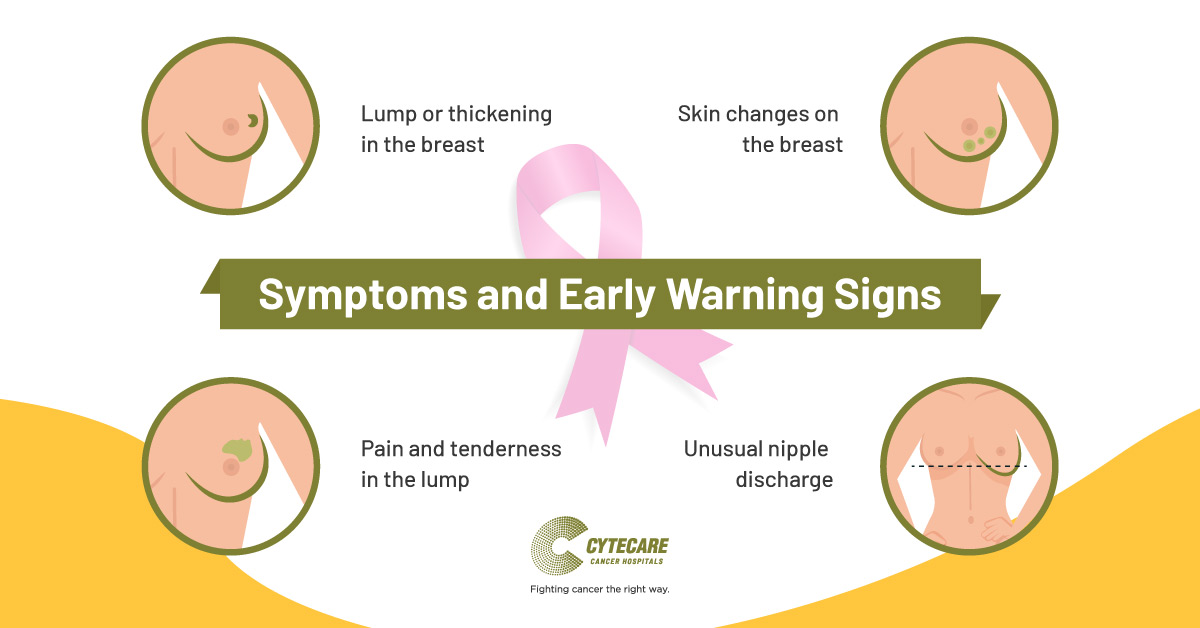
Cancer is the second leading cause of death globally and was responsible for 8.8 million deaths in 2015. With an estimated 1.5 lakh breast cancer cases in 2016, its prevalence is on the rise. So, if we can get a diagnosis at an early stage and goes proper breast cancer treatment, we can greatly reduce the risk of the disease to advance.
Due to advances in medical knowledge, various life-saving breast cancer diagnosis and detection against breast cancer are now available. An oncologist determines the best treatment modality after taking into account various factors like the type of breast cancer, stage, hormone sensitivity. The treatment may be locoregional like surgery, radiotherapy or systemic like chemotherapy, hormonal, targeted therapy, or a combination of both.
Much of the progress in breast cancer is the result of the development of adjuvant chemotherapy administered as a specific number of cycles given over a set period of time. Many large-scale trials have shown the additional benefit of combining chemotherapy and hormone therapy in sequential schedules and much-focused treatments that target cancer-specific genes, proteins or factors and reduce cancer growth and survival but surgery is still the mainstay of treatment for most breast tumors.
Breast cancer treatment can impact patients psychologically and physically. Women with breast cancer suffer from the trauma of disfigurement and fear of rejection from their partners and loss of femininity. Studies have shown that breast cancer treatment can change body reality and lead to negative perceptions of body image among breast cancer survivors. This is enhanced in younger women where body image may be more critical and can lead to manifestations like postmastectomy depression and increased anxiety.
Breast conservation therapy has revolutionized the treatment of breast cancer over the last few decades. It includes Breast conserving surgery like lumpectomy, quadrantectomy, partial mastectomy, or segmental mastectomy with radiotherapy and is performed for early-stage breast cancer. This surgery involves the removal of part of the breast containing cancer as well as some surrounding healthy tissue.
The main advantage is that a woman keeps most of her breast and has improved quality of life in terms of retention of body image and overall decreased physical morbidity. But for large-sized tumours the entire breast tissue is removed (Mastectomy Surgery). Also, read our blog to know more in detail about Breast Cancer Surgery: To Conserve Breast or Not
Hence, Breast reconstruction surgery is offered to all such breast cancer patients and survivors, it is a surgical procedure that restores the size and shape of the breast post-mastectomy and is now an integral part of the treatment.
Surgeons review a patient’s medical history and overall health and suggest reconstructive options based on a patient’s age, health, body type, lifestyle, and goals. It can be performed at the same time as breast cancer surgery (immediate reconstruction) or at a later time (delayed reconstruction). Breast reconstruction can be done using your own body tissues known as tissue flap procedures. Tissue from other parts of the body such as tummy, thigh tissue or buttocks is used to rebuild the breast shape.
Implant reconstruction often has multiple sessions if expanders are used, thereby increasing the number of surgeries and visits to the hospital. But tissue flaps reconstruction looks more natural and behaves more like natural breast tissue with studies showing a success rate of >90% for microvascular flap procedure.
A newer technique called fat grafting uses fat from one part of the body (buttocks, thighs, or abdomen) and transfer it to the reconstructed breast to help fix any shape abnormalities. Various studies have shown that quality of life was significantly better among breast reconstruction patients with higher scores in physical and emotional functioning also feelings of attractiveness are improved.
This tumour surgery followed by plastic surgery to reshape breast after tumour resection is now developed into a specialized branch called Oncoplastic Surgery (OPS) which combines both these techniques. Surgeons inform patients about the advantages and disadvantages of reconstructive options and enable patients to make a well-informed decision that restores their body image and improves their quality of life.


